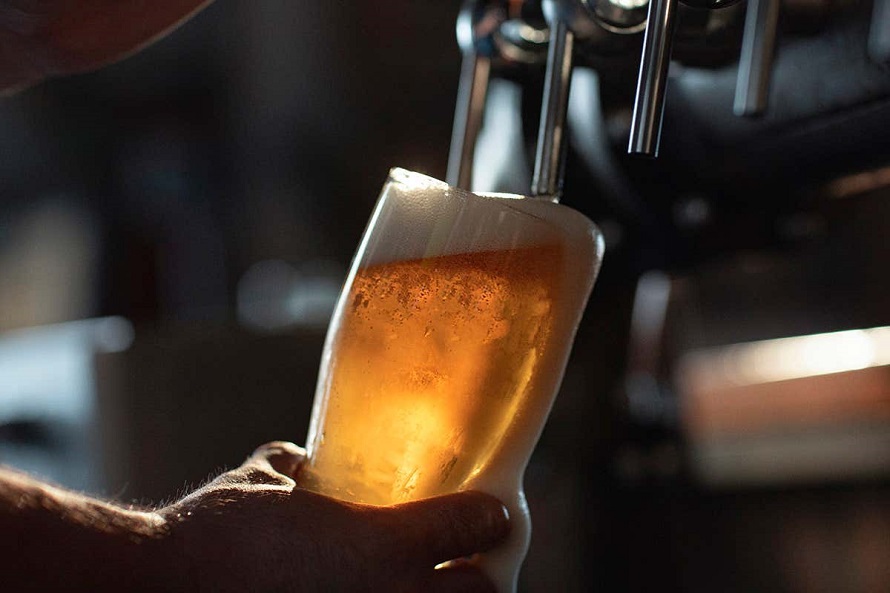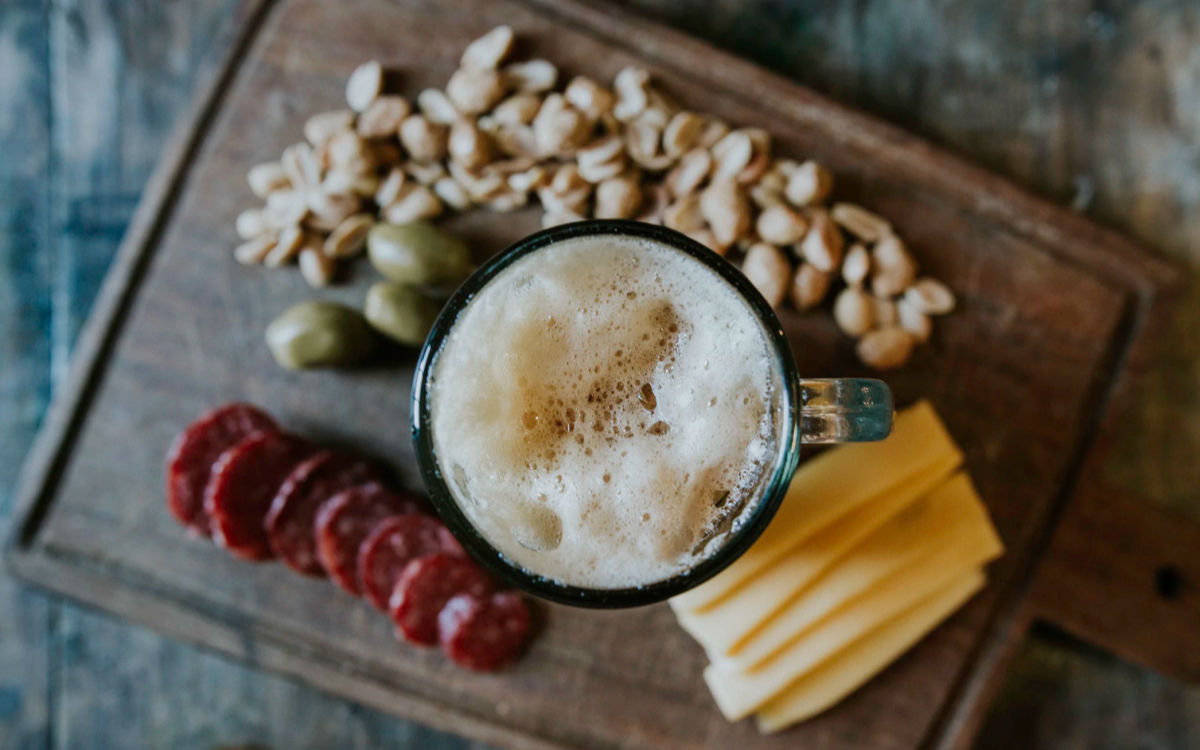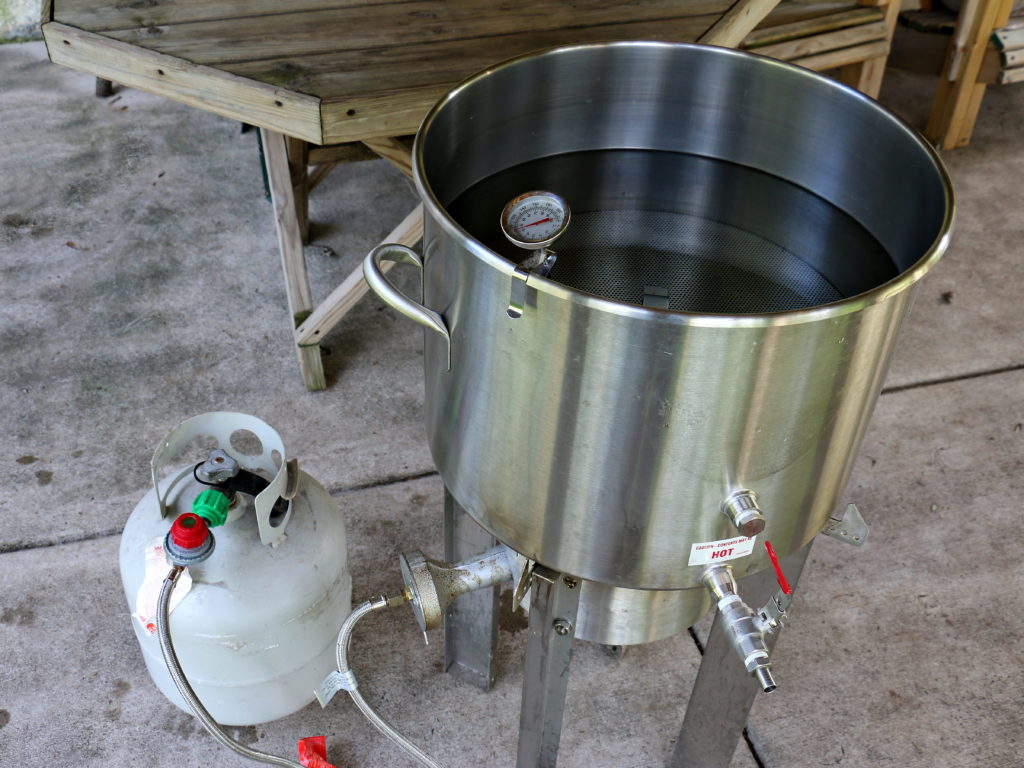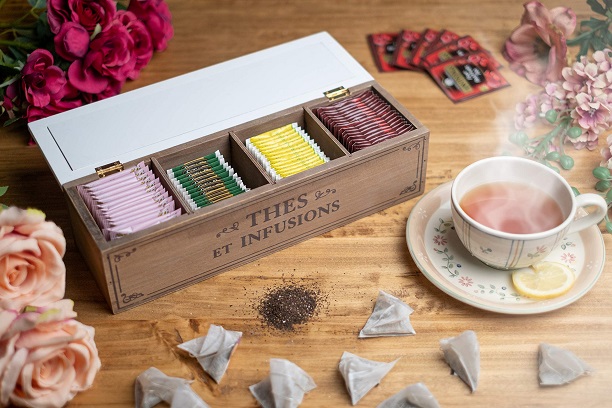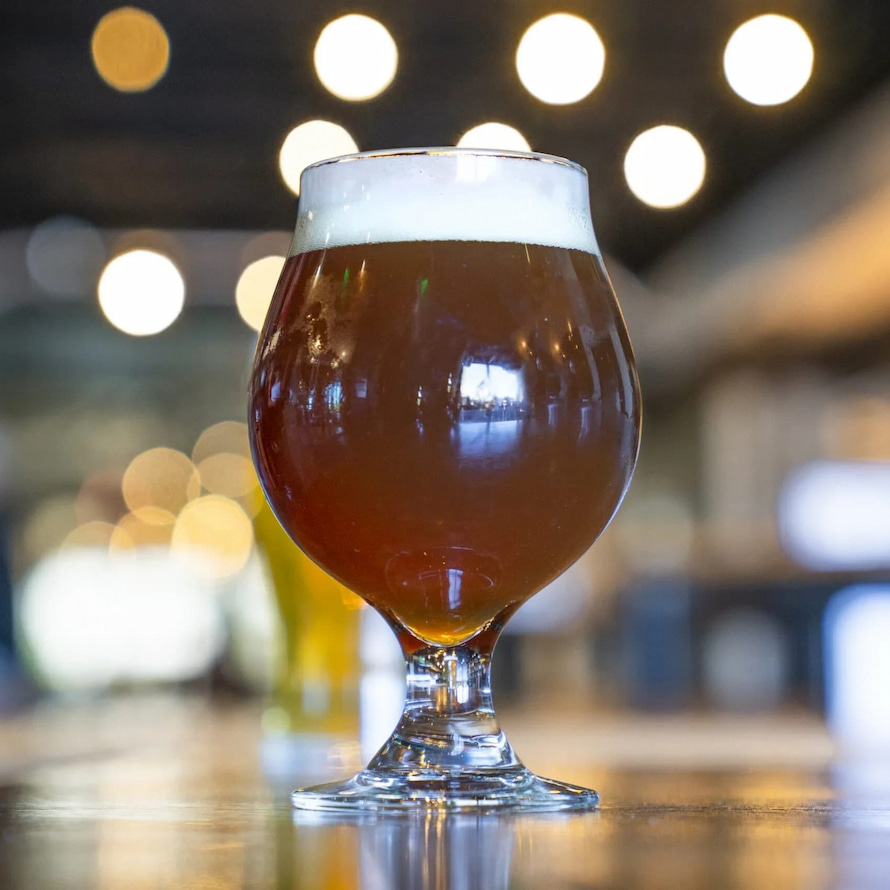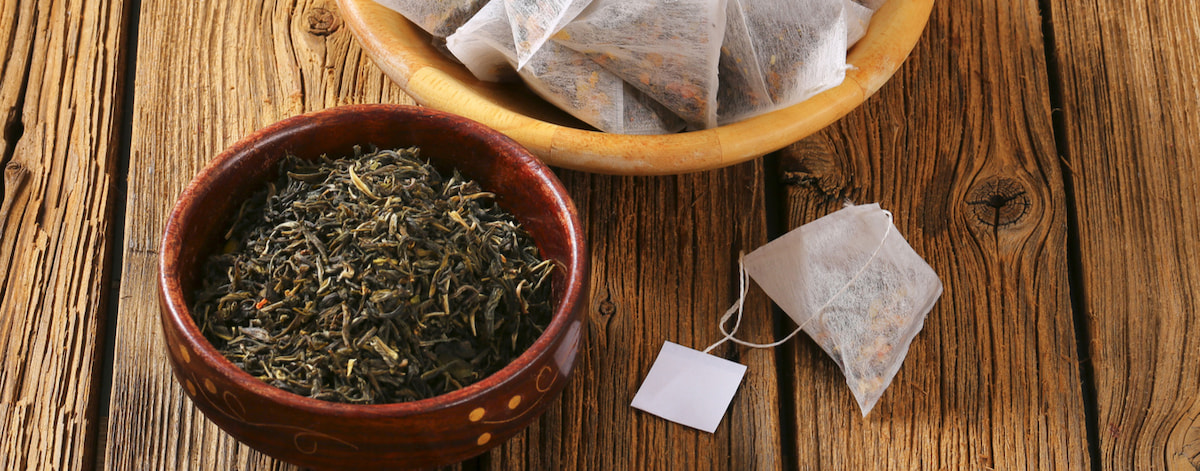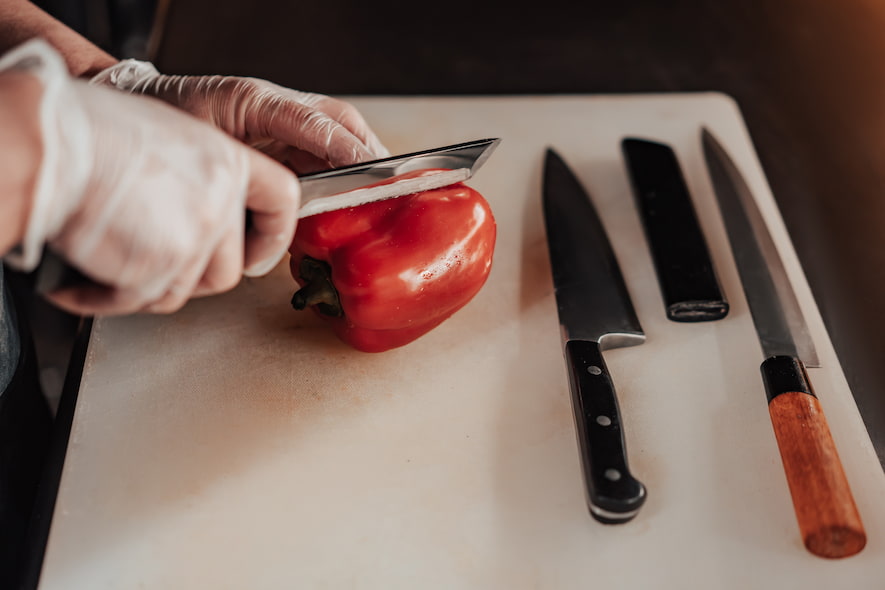Food & Drink
Beer Starter Kit: Homebrewing Made Easy
It would take well over a year to try out all of the beers available in Australia, assuming you drink a different one each day. To put things in perspective, there are over 300 craft breweries selling their own takes on beer, a handful of big national breweries with the mainstream brands, and dozens of international imports. But who drinks just one beer a day? If anyone completes the feat, let me know. Once you’re done with all the different tastes, maybe you should make your own. After all, homebrewing sparked the craft beer trend, first out of curiosity, but also the creativity in mixing and matching different ingredients to make the perfect blend. Sure, homebrewing is a process that takes some time to master, but since we’re being ripped off for every bottle (with some of the most expensive prices globally) and we like our booze, there’s never been a better time for a new hobby.
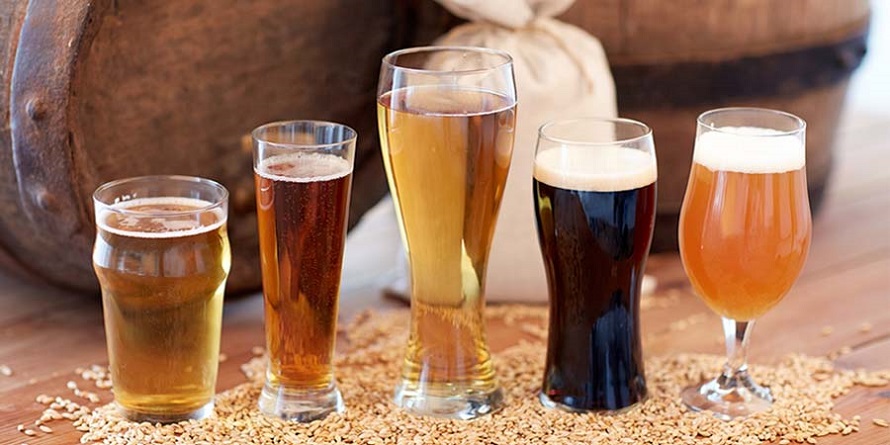
Source: pinterest.com
Starting Out
A short glance inside a modern brewery might make you think that you can’t pull this off on your own. Actually, brewing beer at home can be simple, and fun. With the right equipment, say a beer starter kit to get your creative juices flowing, you’ll be making your first batch in no time. Well, roughly one and a half months. And you should have enough to share a few bottles with your mates, if you drink responsibly.
So, what goes into a beer starter kit, and how does it make our favourite bevvy? Basic kits include the following:
- Fermenting barrel – Starter kits will have at least one large fermenting barrel, where you place the first boil, or wort, along with the yeast. Most fermenters are around 30 litres, with enough space for a decent batch of beer and a foam head to form at the top. Fermenters have an airlock or stopper to allow carbon dioxide to escape. At the bottom of the fermenter is a tap to transfer the ingredients in another container called a carboy. A built-in thermometer allows you to monitor the temperature, with the yeast needing between 32° to 35°C to do its thing.
- Hydrometer – to find out the sugar content in the wort and at the end of fermentation, you’ll need a hydrometer. The difference between the two readings will determine the beer’s final alcohol content. Samples are measured using a test flask.
- Bottling valves – these are attached to the tap of the fermenter and used to avoid spills when filling the bottles.
- Bottling caps and cappers – before the beer is ready to drink, it needs to sit in capped bottles roughly for 7 to 10 days to carbonate on its own. Caps and twin-lever cappers are provided in most kits, but some don’t include the bottles. Bottles should be nicely sealed to avoid spoiling.
- Bottle brush and sanitiser – to avoid any microbes from forming, all the gear needs to be cleaned before adding the wort, and during the bottling process. Fermenters, valves, any siphoning tubes or funnels are all cleaned with sanitiser. Use a bottle brush to clean the inside of the bottles before transferring the unfinished beer.
- Beer recipe – this includes the malts, hops and yeast packaged separately. You’ll also find carbonation drops to help the yeast in secondary fermentation. The recipe for the specific beer you’re brewing will contain just the right amount of ingredients to get about two cartons of beer. Depending on the type of beer, some recipes will also include additional dried malts, while others may also have extra hops.
What’s not included in basic beer kits are the kettle, the carboy and the bottles. You can use any larger metal container at home to bring the malts to a boil at the beginning of the brew. Just remember to sanitise that too before beginning. Most kits will have a mixing paddle to stir the mix as it comes to boiling temperature to avoid the ingredients settling on the bottom. Carboys are used in secondary fermentation, or where the beer ferments for roughly 14 days, before bottling. Most brew shops sell coloured glass bottles, or you can reuse any old bottles once they’re cleaned.

Source: beveragedaily.com
What to Look For
Beer starter kits all have detailed step-by-step instructions on how to make your first batch of beer. Kits differ mainly in the beer recipe, ranging from popular Aussie beers to international favourites. Some will also have heating pads that are placed under the fermenter for maintaining the optimal temperature. And better cappers. All kits are an affordable way to get you into making your own beer. If you like the results from your first try, but don’t have the space for all the gear, all-in-one brewing systems are also sold, though they do come at a price.
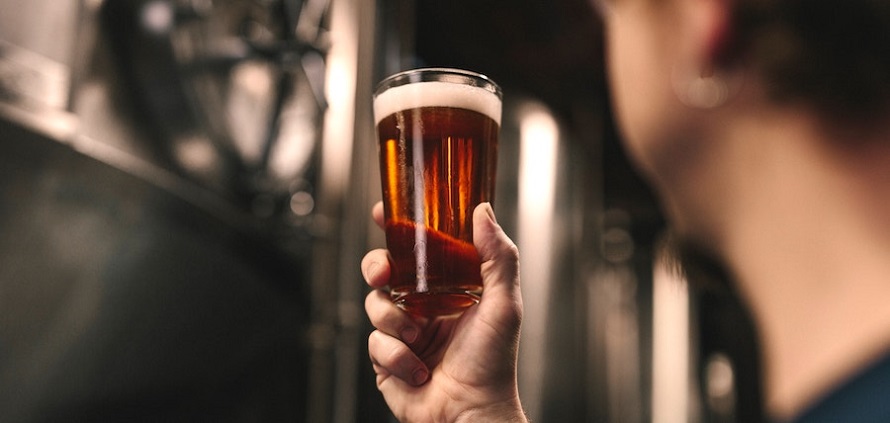
Source: homebrewacademy.com
Buying Beer Starter Kits
Beer starter kits are sold through all good homebrewing stores across Australia. Most stores also operate online, so you’ll easily find any items that need replacing and packaged recipes for cloning any type of beer. And once you’ve downed the first few dozen bottles, it’s time for a repeat.


